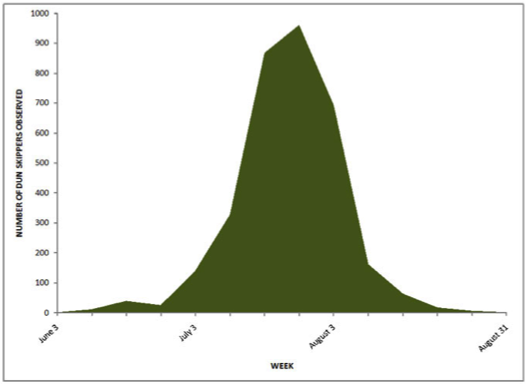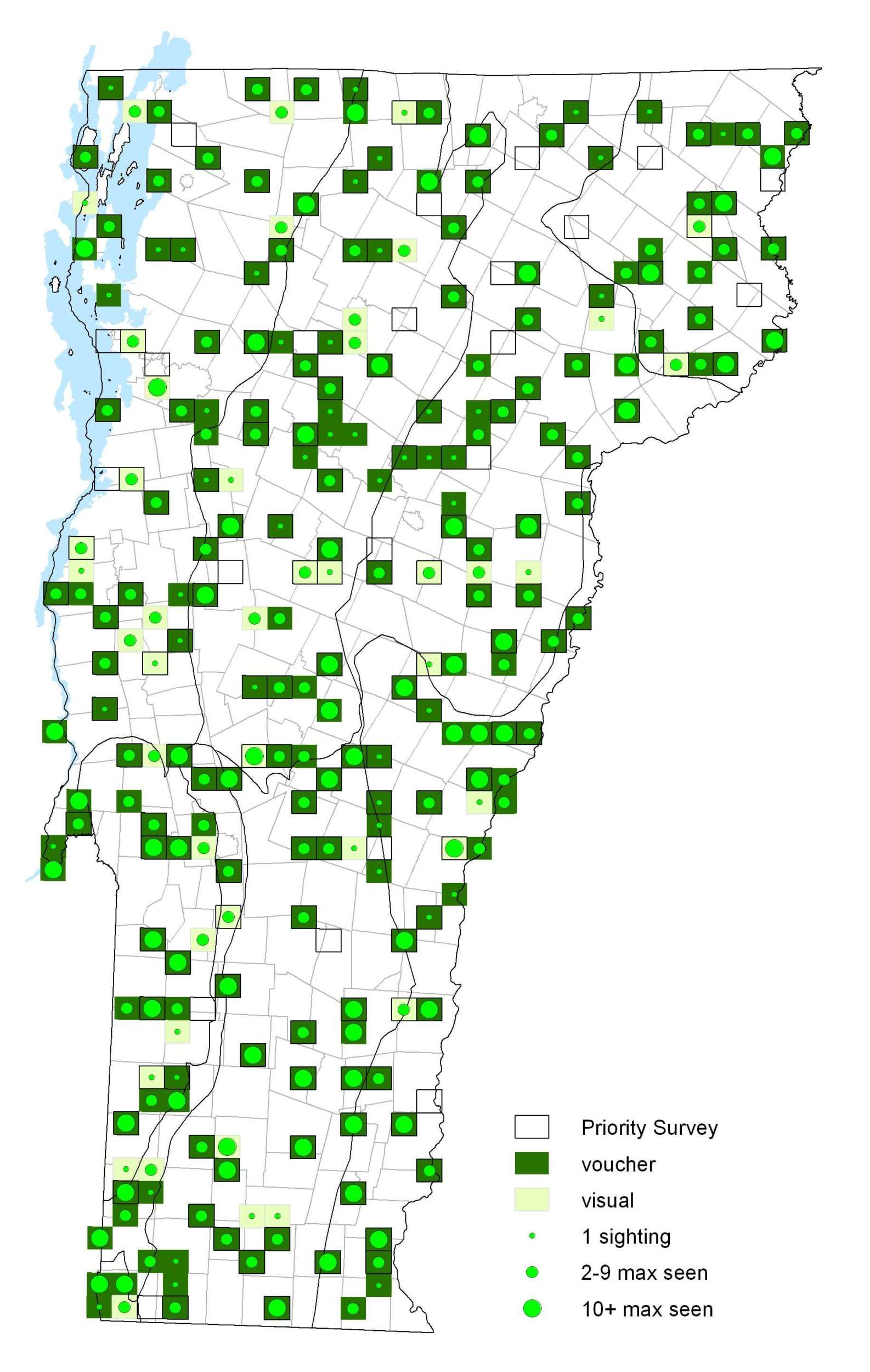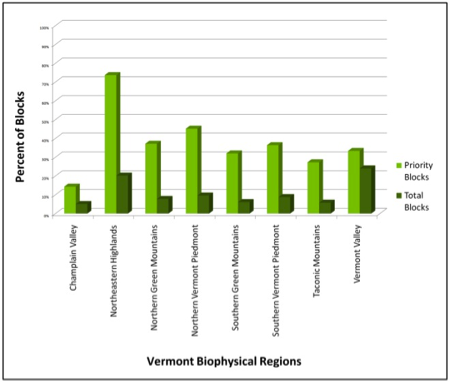|
Resident Conservation Status North American Range |
The Dun Skipper flies quickly and erratically and is almost completely dark brown. A generalists, they are widespread and adaptable and will colonize disturbed habitats as well as fields and meadows. To find receptive females, males perch less than three feet above the ground. Females lay eggs singly on the leaves of hostplants. Caterpillars feed on leaves and make shelters of rolled or tied leaves. Third instar caterpillars overwinter, and emerge in the spring to complete development, and pupate in silken tubes at the base of the hostplants.
Identification
A tiny skipper. upperside of head and thorax is yellow-orange. Wings are brown-black; male forewing has a black stigma, female forewing has very small cloudy white spots.
Flight
One brood and a short flight period during VBS. They were on the wing from early June through late August, with their peak flight time occurring toward the end of July into August. Extreme dates: 3 June 2005 in Castleton (R. Pilcher) and 31 August 2003 in Bennington (K. Hemeon).
Distribution and Habitat
A common skipper found throughout Vermont during the survey. Their primary habitats are wet areas near deciduous woods such as meadows, seeps, swamp edges, and streams. Adults will nectar a wide variety of flowers within their habitat; this includes milkweeds (Asclepias), New Jersey Tea (Ceanothus americanus) and Dogbane (Apocynum). Larval hostplants include various sedges.







